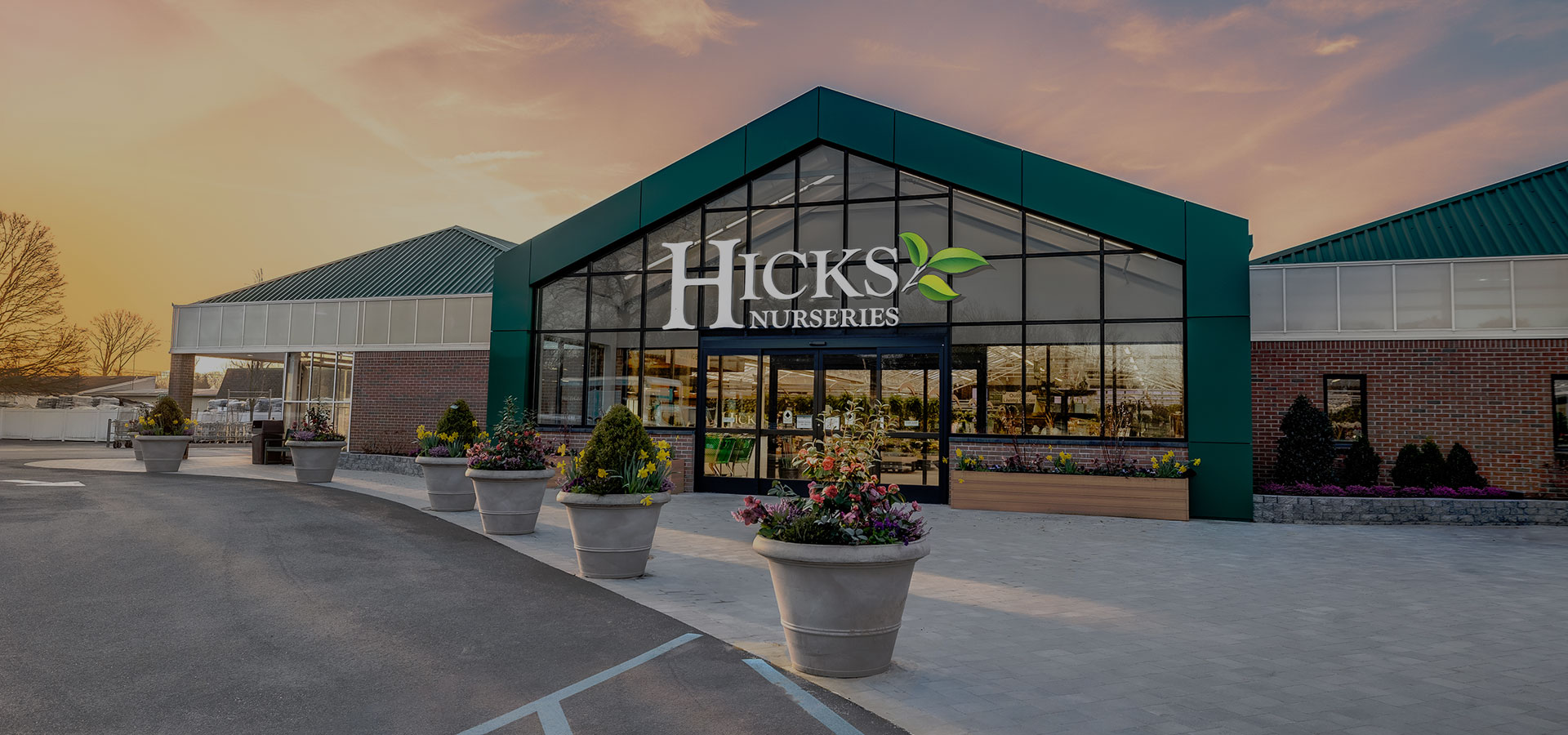[vc_row padding_top_multiplier=”” padding_bottom_multiplier=””][vc_column css=”.vc_custom_1515535628663{margin-top: -10px !important;padding-top: -10px !important;}”][movedo_social social_email=”yes” social_facebook=”yes” social_twitter=”yes” social_linkedin=”yes” social_reddit=”yes” icon_size=”small” icon_color=”grey” align=”center”][movedo_empty_space][/vc_column][/vc_row][vc_row][vc_column][vc_column_text]Over the year our team of strategists and designers have experienced retail around the world, attended industry events, and worked with some of retail’s most influential leaders. As we head into 2019 there are a few trends we see leading the way for the future of retail design. [/vc_column_text][/vc_column][/vc_row][vc_row][vc_column][movedo_title heading=”h2″ custom_font_family=”custom-font-1″ line_type=”line”]Emotion Over Experience[/movedo_title][/vc_column][/vc_row][vc_row padding_top_multiplier=””][vc_column][vc_column_text]Experience isn’t the word anymore; it’s about emotion. Retail design needs to be about creating an emotional connection, and not just designing a physical experience. The better brands are making strides to be more emotional—not just in the physical experience, but also how you feel when you’re buying a product or using it. How does it connect to your life?
Experiential is almost neutral at this point, whereas emotional is the outcome. It has to be more purposeful than just designing a retail space. You can walk away from an experience and still have no emotion. It’s shifting things from transactions to transferring brand value with an emotional connection. Tapping into the sensory elements that create unconscious points of connection. Even with technology, there’s a lot of talk about AI, but it’s more in the context of what can it do to tap into emotion, and move beyond just the logistics of retail. Emotional motivators—less uniform and predictable that consumer behaviors—can change by industry, brand, and touchpoint requiring retailers to take a more agile approach to attract and engage consumers.[/vc_column_text][/vc_column][/vc_row][vc_row][vc_column][movedo_title heading=”h2″ custom_font_family=”custom-font-1″ line_type=”line”]Tech is Not Trendy[/movedo_title][/vc_column][/vc_row][vc_row padding_top_multiplier=””][vc_column][vc_column_text]Technology isn’t a trend anymore. That doesn’t mean start ripping out your displays or disconnecting services, but the application of technology in retail design has evolved. Technology is submerged; it’s invisible to the eye and integrated into the architecture. It’s less about pushing a button and interacting with machines, and more about what does it enable you to do within the retail experience.
Even the high profile Amazon Go concept, while wildly recognized for the technology that makes it tick, at the end of the day it isn’t about the technology. It’s more about the fact that you’re able to enter a store and don’t have to interact with associates if you don’t want to. Sure cameras and sensors monitor customer purchases, but it’s unseen and inconspicuous. You don’t even know its there. This seamless approach will be the rule and not the exception as retail design and technology further fuse together in the future.[/vc_column_text][/vc_column][/vc_row][vc_row padding_top_multiplier=”” columns_gap=”15″][vc_column][movedo_single_image image=”29291″ retina_image=”29291″][/vc_column][/vc_row][vc_row padding_top_multiplier=””][vc_column][vc_column_text]At the opposite end of the spectrum, we’re entering an era where some consumers are experiencing tech fatigue, giving retailers permission to go untethered and cut the cord. It’s ok to not be tech-centric in retail. Alternative checkout methods, cashless payments, and virtual reality have their place, but off-grid lifestyles and tech timeouts have inspired retail designs around the tactile and tangible. While everyone is trying to technically connect the online and offline experience, we see brands creating a connection through context—inviting conversation and community and empowering associates. It’s an authentic reality over augmented reality, letting consumers experience things for what they truly are.[/vc_column_text][/vc_column][/vc_row][vc_row][vc_column][movedo_title heading=”h2″ custom_font_family=”custom-font-1″ line_type=”line”]An Artistic Impression[/movedo_title][/vc_column][/vc_row][vc_row padding_top_multiplier=””][vc_column][vc_column_text]In a world where everything has become almost predictive from shopping patterns and purchases to likes and dislikes, we see an opportunity to empower new behaviors. Not designing necessarily with a defined outcome established, but designing retail spaces to create an outcome even if unpredictable. No longer regimented in traditional convention, but the freedom to try, freedom to test, freedom to experiment. If we constrain consumers to only our expectations, aren’t we limiting them?
A perfect example of this artistic nature in the retail space comes from the established photographer, Adrian Wilson. He’s had retail in his blood his whole life— his grandfather was a shopkeeper, his father was a shopkeeper. Throughout his career, he’s photographed interiors and architecture for some of the most prominent luxury retail brands, but almost as an antithesis to consumerism he wanted to create a retail store with a purpose that wasn’t about money.[/vc_column_text][/vc_column][/vc_row][vc_row padding_top_multiplier=”” columns_gap=”15″][vc_column][movedo_video video_link=”https://www.youtube.com/watch?v=tU8V70jTazw”][/vc_column][/vc_row][vc_row padding_top_multiplier=””][vc_column][vc_column_text]Purchasing a small storefront in the lower east side of New York, he designed a store that didn’t sell anything—The Inutilious Retailer. Unconventional at best this 24-hour black and white space centered around a single slot machine from 1929. You didn’t win anything, but when you pulled the lever that’s when the magic happened. It opened the door to the back of the store into a workshop.
Using 19thcentury fabric stamps Wilson collected from his hometown Manchester England; customers were invited to select a piece of clothing and create a garment to leave behind as payment for the one they were taking home. A photo of the person who made their garment was then emailed to them, and when their piece was later selected, they get to see who chose it. It created a linear relationship between previously unconnected consumers.
Operating almost as a social experiment with hidden cameras, Wilson was observing in a very “Andy Warhol” manner of making art, and seeing how people would respond. He designed the space but didn’t know how people would respond; even mentioning he was surprised people didn’t just steal stuff.[/vc_column_text][movedo_divider padding_top=”40″ padding_bottom=”40″][vc_column_text]The roar of retail’s doom at the beginning of 2018 has shifted towards a place of opportunity and optimism. 2019 will be about the brands and retailers that can successfully mind the emotional gap and adapt store experiences into consumer-centric spaces.[/vc_column_text][/vc_column][/vc_row]





